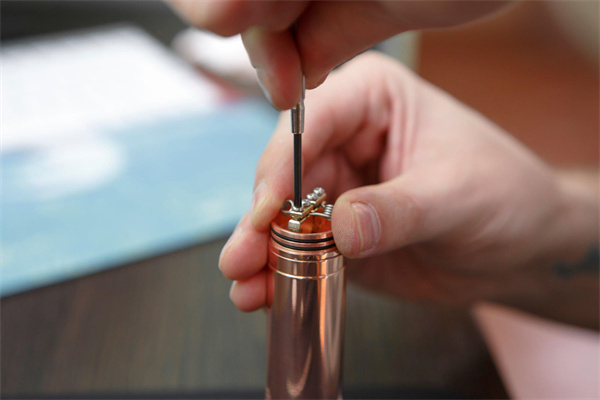
What is vaping? Vaping has become increasingly popular over the last few years and continues to grow as more people learn about its potential benefits. So what is vaping? In short, vaping inhales vapor from an electronic cigarette or another vaping device. These devices heat a flavored liquid, which is inhaled into the lungs. Vaping […]
What is vaping?
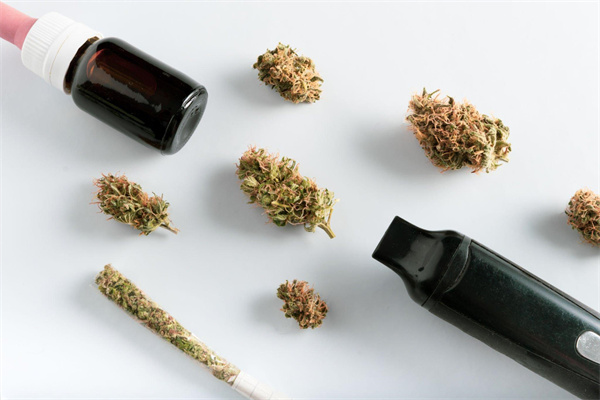
Vaping has become increasingly popular over the last few years and continues to grow as more people learn about its potential benefits. So what is vaping? In short, vaping inhales vapor from an electronic cigarette or another vaping device. These devices heat a flavored liquid, which is inhaled into the lungs.
Vaping has been around for several years, but it has only recently gained popularity as an alternative to smoking cigarettes. The main appeal of vaping is that it can give the user a similar experience to smoking without some of the harmful chemicals found in tobacco smoke. Various liquids are available for vaping, so users can find one that suits their tastes and preferences.
The most significant advantage of vaping is that it can help reduce a person's risk of exposure to toxins and carcinogens associated with smoking cigarettes. Some studies have suggested that regular vapers may be able to reduce their risk of cancer by up to 90%. Additionally, since there is no burning involved with vaping, there is no smoke released into the environment like when smoking cigarettes. This makes it much less harmful than traditional cigarettes for users and those around them.
Vaping technology has also advanced considerably over the last few years, making them safer and more user-friendly than ever before. Devices now come with plenty of safety features such as automatic shut-offs if they get too hot, adjustable wattages, and even temperature control functionality for those who want more control over their vaping experience.
Vaping has many potential benefits compared to smoking cigarettes due to its lack of harmful chemicals and reduced environmental impact. It's important to remember, however, that while vaping poses fewer risks than traditional tobacco use, further research needs to be conducted on its long-term health effects before any definitive conclusions can be made on its long-term safety profile.
How does vape work?
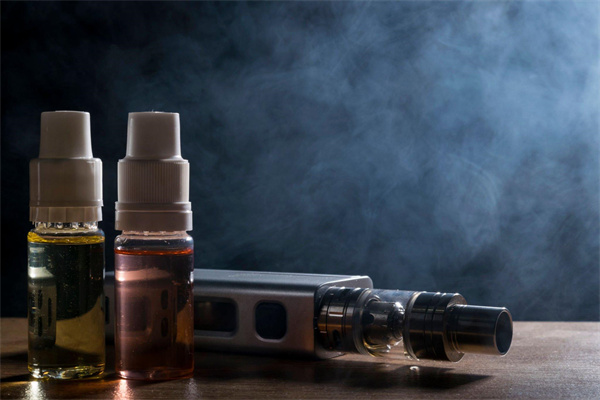
Vaping has become an increasingly popular alternative to smoking cigarettes, but many people aren't aware of how it works. In this blog post, we'll discuss the science behind vaping and explain precisely what it is vape and how it works.
Vaping is the inhalation of vaporized e-liquid through a device known as an electronic cigarette or e-cigarette. E-cigarettes use a battery to power a heating element known as an atomizer that vaporizes the e-liquid. The user then inhales the resulting vapor.
E-liquids usually comprise propylene glycol (PG) or vegetable glycerin (VG), common food additives approved by the FDA for human consumption. This base liquid is mixed with various flavors, nicotine, and other chemicals to create an e-liquid with desired characteristics.
When an e-cigarette is activated, either manually or automatically, when taking a drag on the device, the battery sends power to the atomizer, which heats up and vaporizes the e-liquid in its chamber. The user inhales this vapor containing nicotine if it's in the liquid mixture. Unlike cigarettes which produce smoke from burning tobacco leaves, vaping produces aerosol instead of smoke because nothing is burned during the process – only heated and vaporized.
So that's what vape is and how it works? Vaping can be a safer alternative to smoking cigarettes since there's no combustion involved and, therefore, no tar or smoke produced as there would be from burning tobacco leaves. However, some people may become more addicted to nicotine when using vape products than cigarettes due to their higher nicotine concentrations. Additionally, there are still potential risks associated with vaping since many of the ingredients used in e-liquids have not been thoroughly studied yet. Hence, more research needs to be done to understand all possible health effects properly.
What are the benefits of vape?
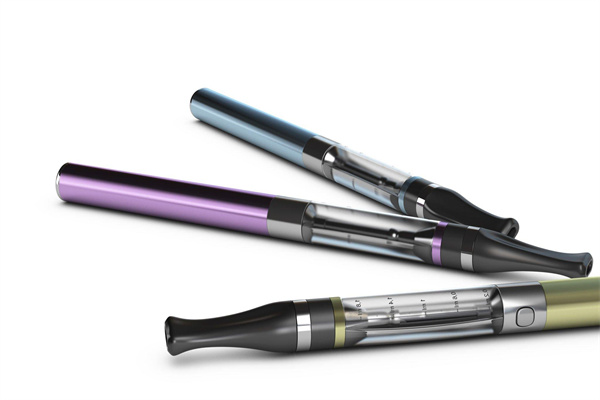
Vaping is inhaling and exhaling the aerosol, commonly called vapor, produced by an electronic cigarette or similar device. While e-cigarettes have been around for several years, they have recently become increasingly popular due to their ability to provide users with a unique smoking experience. Despite being relatively new, there are many potential benefits associated with vaping that make it an attractive choice for those looking for alternatives to traditional cigarettes.
First, vaping does not require combustion like cigarettes do. This eliminates many of the carcinogens found in smoke from burning tobacco, which can be health hazards. Additionally, since vaporizer e-liquids come in various flavors and nicotine strengths, vapers can customize their experience accordingly. Vapers can also reduce or eliminate nicotine intake while still enjoying the taste and sensation that comes with it.
Second, vaping also produces far fewer secondhand emissions than cigarettes do. The vapor created by e-cigarettes dissolves quickly into the air rather than lingering as smoke would; this reduces any potential environmental and health risks associated with secondhand smoke inhalation. Additionally, some studies suggest that the emissions produced by evaporators contain significantly fewer toxicants than those released by traditional cigarettes.
Finally, vaping may help smokers quit traditional cigarettes entirely. Many studies have shown that people who switch from smoking cigarettes to using e-cigarettes are likelier to quit tobacco altogether than those who use only traditional methods. For example, one study published in the journal Addiction found that vapers were twice as likely to stop smoking after six months compared to those who continued using only conventional means of nicotine delivery, such as gum and patches.
In conclusion, vaping has many potential benefits that make it an attractive choice for those looking for alternatives to traditional cigarettes and other nicotine delivery systems such as gum or patches. Vaping does not require combustion like cigarettes d,o so there is no risk of ingesting harmful carcinogens from inhalation of smoke; it also produces far fewer secondary emissions than traditional cigarettes do; finally, many studies suggest that switching from smoking regular cigarettes to using e-cigarettes may help smokers quit entirely over time.
What are the risks of vape?

Vaping has become increasingly popular in recent years for consuming nicotine and other substances. But what are the risks associated with vape? This blog post will explore the potential dangers of using a vape device.
Vaping poses fewer health risks than traditional cigarettes because it does not involve combustion or inhalation of smoke and tar. However, research suggests that there is still some risk associated with vaping.
First, it's important to note that many vape devices contain nicotine, an addictive substance. Those who use vape products can quickly become addicted to nicotine, which can cause serious health problems such as increased heart rate, chronic coughing, and shortness of breath. Additionally, nicotine addiction can lead to addictive behaviors like smoking cigarettes or using other tobacco products.
Second, research shows that certain chemicals found in vape juice can be toxic when inhaled directly into the lungs. These chemicals may include propylene glycol and vegetable glycerin, which are linked to respiratory problems and lung inflammation. It is also important to note that some e-liquids may contain diacetyl or acetyl propionyl, known toxins linked to certain lung diseases such as "popcorn lung."
Finally, there is not enough research yet about the long-term effects of vaping on human health; however, studies suggest that it could have similar consequences as smoking cigarettes. For instance, vaping increases free radicals in the body due to its combustion process; these free radicals can damage cells and cause numerous adverse health effects over time. Vape users could also be at an increased risk for developing cancer or respiratory illnesses such as bronchitis or asthma, depending on how much they use their device and what type of liquid they use.
Some people may see vaping as a safer alternative to smoking cigarettes; however, there are still potential risks associated with its use that need more research before definitive conclusions can be made. All vapers should take precautious steps when using their devices - such as avoiding dangerous chemicals in e-liquids - and should consider consulting a doctor if they experience any adverse health effects from using their device too frequently or for too long a period.
Who should not use vape?

Vaping has been gaining in popularity, especially among younger generations. But what is vaping exactly, and who should not use vape? In this blog post, we'll answer those questions and explain why some people should not use vape products.
First, let's address the question of what vape is. Generally speaking, a vape is a device that includes an electronic cigarette or vaporizer that heats e-juice (which contains nicotine and other chemicals) to produce a vapor that can be inhaled. Vapes come in all shapes and sizes and are designed to mimic the look and feel of traditional cigarettes.
Now that we know what a vape is, let'sdiscusst who should avoid using it. While there are potential health benefits for smokers who switch to vaping products instead of traditional cigarettes, some people should not use vapes. Those include:
• Children under 18 years old
– because many vapes contain nicotine, keeping them away from children who have not yet reached the legal age for smoking or purchasing tobacco products is essential.
• People with respiratory conditions
– vaping can irritate your lungs and exacerbate respiratory conditions like asthma or COPD.
• Pregnant women
– because the long-term effects of vaping on pregnant women are still unknown, it's best to avoid using vapes while pregnant or breastfeeding.
• People with allergies or sensitivities
– because many vapes contain food flavoring or fragrances, they may cause allergic reactions in specific individuals. Hence, avoiding them is best if you know you have an allergy or sensitivity to these ingredients.
It's also important to note that even though some vapes don't contain nicotine, they still pose health risks due to the chemicals used in their production processes, such as propylene glycol and vegetable glycerin, which can irritate your lungs when inhaled over long periods. For these reasons, anyone looking into vaping should consult their doctor before starting any new activity regarding vaping products.
Ultimately, whether you try using a vape product or not is entirely up to you; still, it's important to remember that there are potential risks associated with using them, so always proceed with caution and make sure you're aware of all possible consequences before making any decisions about vaping products.
How to use vape?
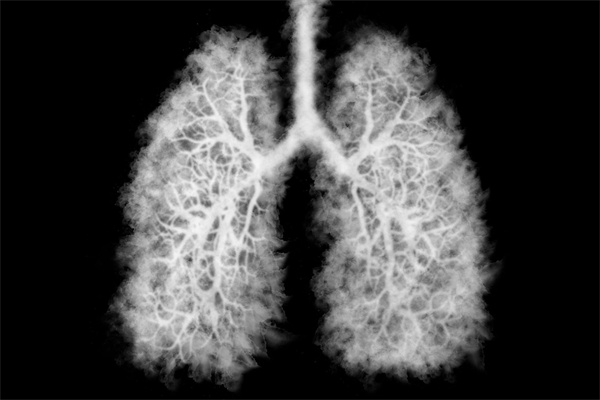
Vaping is becoming increasingly popular as an alternative to smoking, with many people using it to quit or reduce cigarette use. But what exactly is vaping? In this article, we'll discuss vaping and how to use a vape.
What Is Vaping?
Vaping is the process of inhaling and exhaling an aerosol created by a device such as an e-cigarette or vape pen. This aerosol usually contains nicotine, flavorings, and other chemicals that produce vapor when heated. Vaping can also be called "vaporizing" or "smoking" an e-cigarette.
How To Use A Vape?
Using a vape typically involves five steps: charging the device, filling it with liquid, activating it, inhaling it, and expelling it.
When buying your vape, read through the user manual carefully to understand how your device works. The first step in using any vape is always to charge it until it's ready for use – this could take anywhere from 30 minutes to several hours, depending on the brand and type of device you have. Once your device is charged up, it's time to fill it with e-liquid. Depending on your vaporizer model, this could mean unscrewing the tank off the battery portion of the device and then pouring e-liquid into the tank using a dropper or syringe; alternatively, some devices come with refillable cartridges that can be filled directly from a bottle of e-liquid.
Once you've filled up your tank (or cartridge) with e-liquid, next comes activating the device – usually by pressing down on a button located near the mouthpiece; this will heat the coil inside, which will turn your e-liquid into a vapor that you can inhale through your mouth before exhaling out again as vapor. Different devices have different ways of activating them, so check out all instructions thoroughly before using them!
In summary, vaping has become increasingly popular over recent years and provides smokers an alternative way of consuming nicotine without burning tobacco leaves as traditional cigarettes do. Using a vape requires five simple steps – charging up, filling with liquid, activating, inhaling, and exhaling – but always ensure you read all instructions carefully before using it to familiarize yourself with how your particular model works.






























